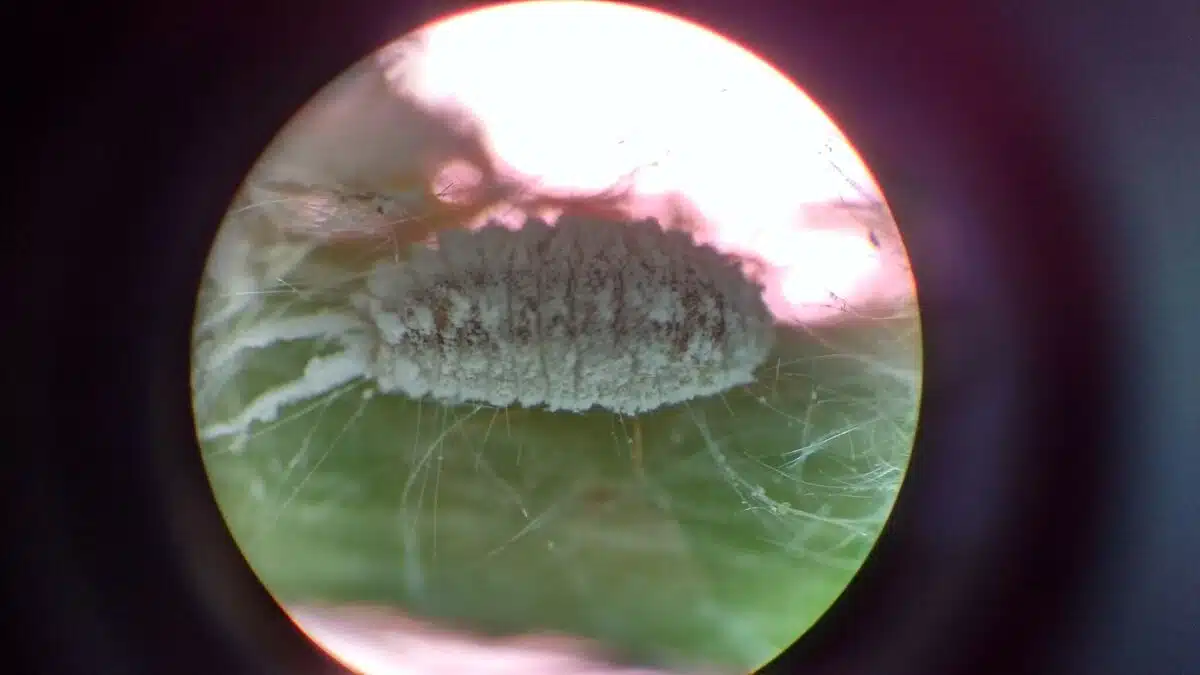One of the world’s smallest predators is the mite – although minuscule, they employ impressive hunting tactics and have huge appetites.
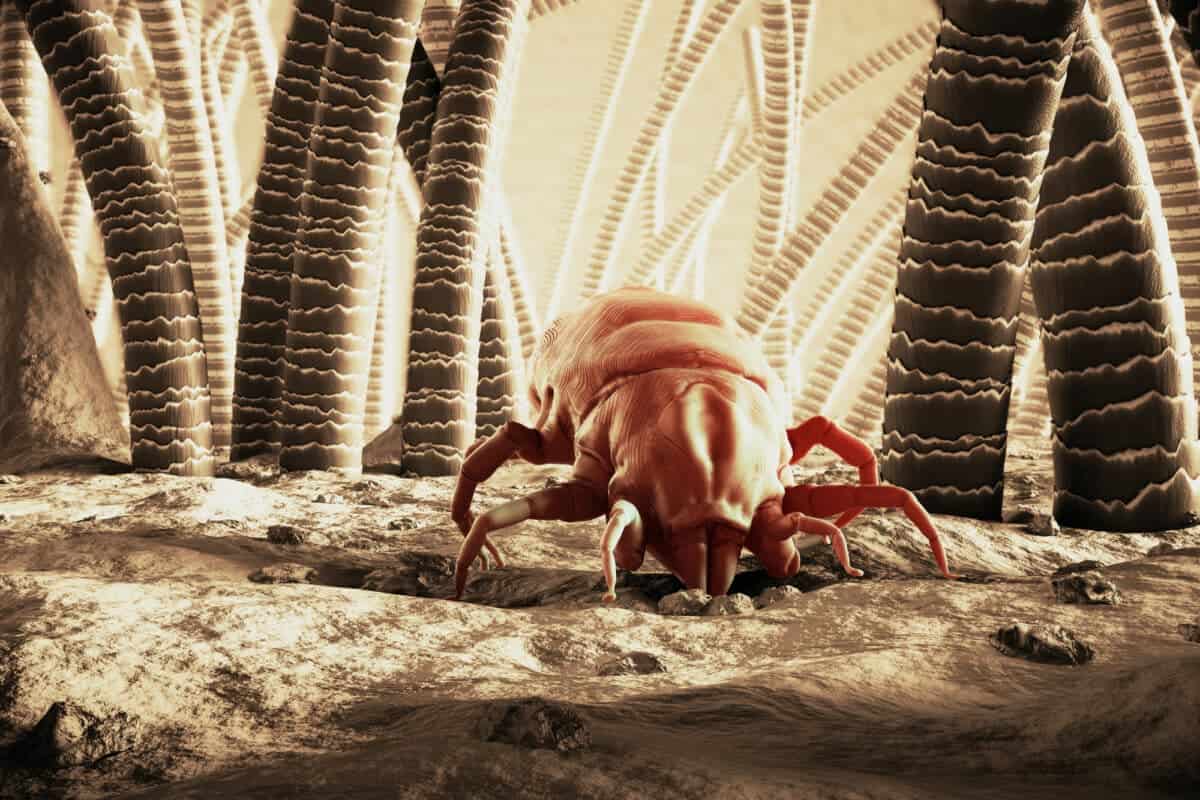
Did you know that some of the smallest creatures in the world can have some of the most enormous appetites? From tiny spiders to smaller fish, mini mammals, and even birds – a variety of animals rely on their size and agility to hunt down larger prey.
These little predators may not be intimidating because of their scale, but they should certainly be respected for their cunningness and determination. They are capable hunters with advanced strategies who teach us an essential lesson about survival.
In this blog post, we will explore an incredible miniature predators who don’t let size get in the way of getting what they need!
Key Points
- Mites are tiny predators, measuring less than 1/32 inches, capable of taking down prey larger than themselves.
- They employ a variety of hunting techniques, including active hunting, stealthy approach, and venom injection.
- These tiny predators have diverse diets depending on their type; detritivorous, herbivorous, carnivorous, or parasitic.
- Mites have adapted to survive and hunt in diverse environments, including highly sensitive chemoreceptors and highly adapted mouthparts.
- Some mites pose significant threats to agriculture, livestock, and human health by causing damage to crops, diseases in animals, and allergic reactions in humans.
Introducing the World’s Smallest Predator
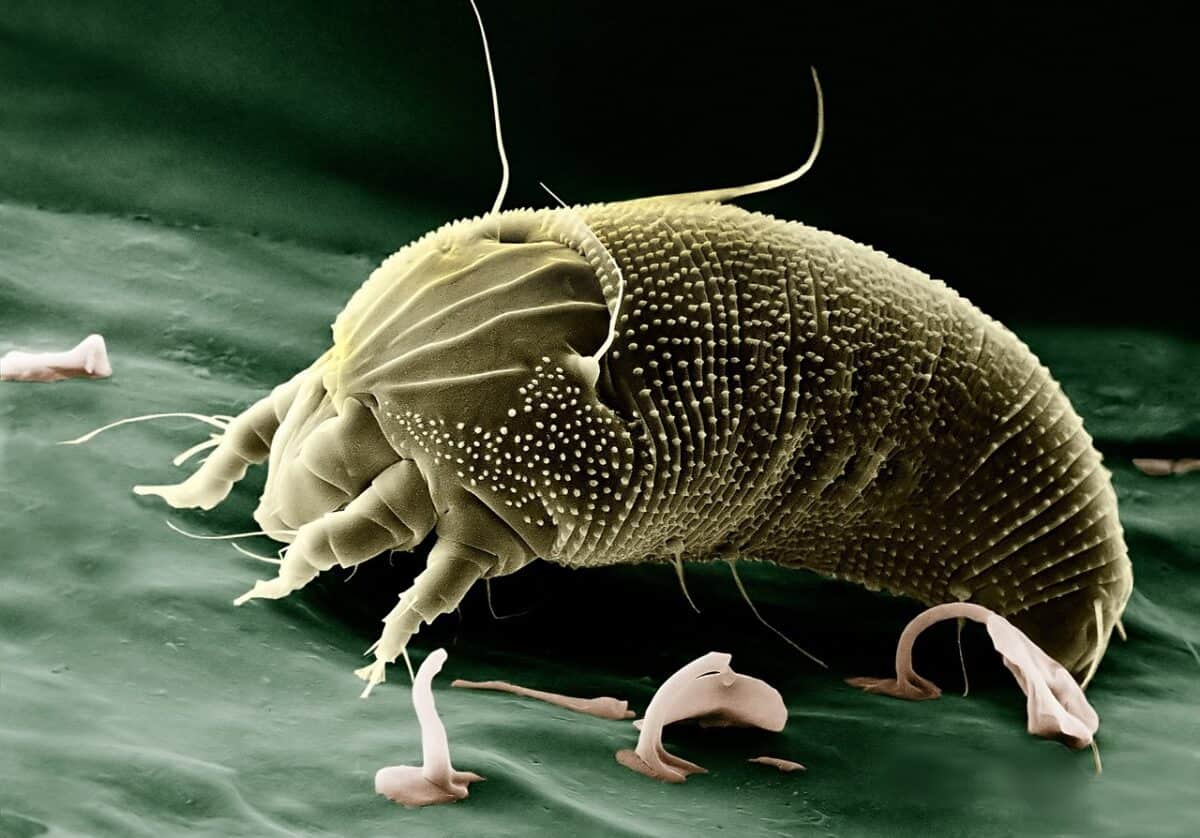
The animal kingdom is full of fascinating creatures, but the mighty mite may take the title of the world’s most diminutive predator. These tiny insects, measuring less than 1/32 inches in length, are found all over the world and have a voracious appetite.
While they may be small, they are mighty in their ability to take down prey much more significant than themselves. No wonder they have been dubbed the world’s smallest predator!
From the depths of the soil to your pets‘ fur, these mighty mites are a force to be reckoned with in the animal world.
The Fantastic Hunting Techniques of the World’s Smallest Predators
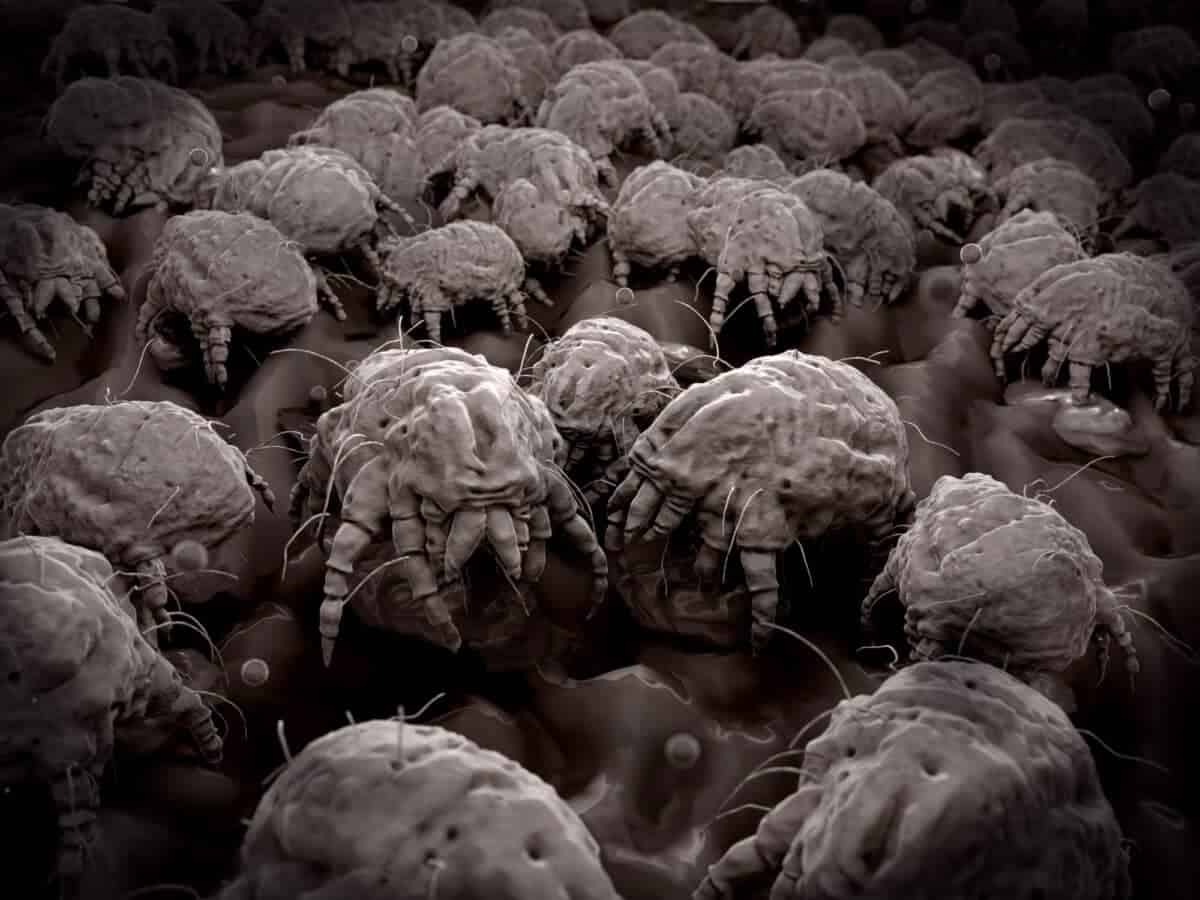
While we often associate “predator” status with creatures like lions and tigers, we must not overlook the tiny predators around us. For example, bugs like spiders and mantises have hunting techniques that are nothing short of amazing.
Their hunting approach is often active and involves directly searching for and capturing their prey. They use their sensitive front legs to detect vibrations and chemical cues in their environment that lead them to their quarry. Once the prey is located, the mite quickly grasps it using its pedipalps (appendages near the mouth.) Then it punctures and immobilizes the prey with its chelicerae (mouthparts).
One of the more unusual hunting techniques in the mite world is employed by parasitoid mites, like species in the genus Leptus. These mites adopt a more stealthy approach. The larval mites will climb onto tall grass or other vegetation and wait for an unsuspecting insect or other host to come into contact.
Some of these mites can also inject venom or digestive enzymes that help subdue the host or aid in feeding. After the mite has finished feeding, it will detach and fall off the host. Now it’s ready to molt into its next life stage.
The Food Sources of These Tiny Hunters
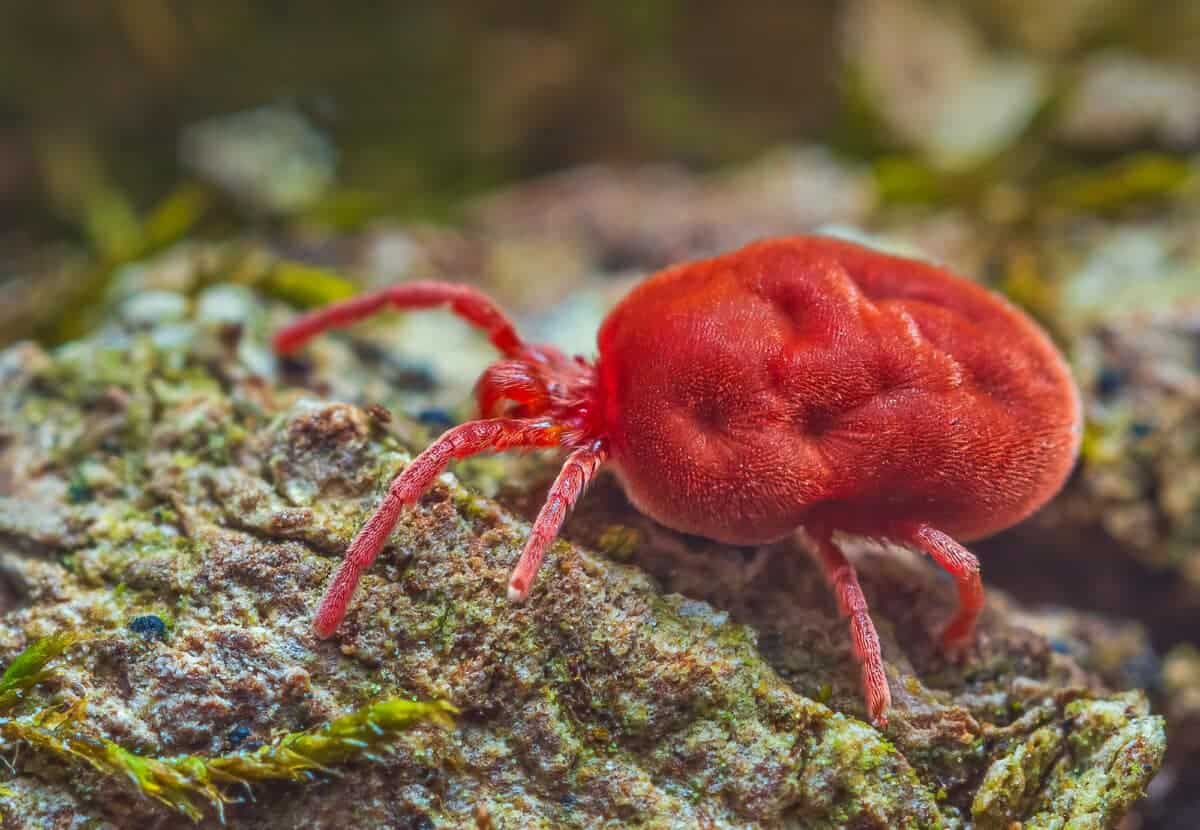
These tiny hunters may be small, but their appetites are anything but. Have you ever wondered what fuels these little creatures’ never-ending quest for sustenance? Look no further than their food sources.
From tiny insects to microscopic plankton, these hunters are expert predators, snatching their prey with lightning-fast reflexes. It’s fascinating to think about the complex food webs in our natural world and how each creature plays a vital role in the circle of life.
Detrivorous Mites
Mites that are detritivorous feed on decaying organic material such as dead plants, fungi, or animals.
Herbivorous Mites
This kind of mite specifically targets plants, consuming leaf tissue, plant sap, or even the fungal pathogens that plague plants.
Carnivorous Mites
Carnivorous mites prey on smaller arthropods, including other mites. These predatory mites are crucial players in controlling populations of pest species in agriculture and horticulture.
Parasitic Mites
Parasitic mites, such as the Varroa mite that affects honeybees, feed on the blood or fluids of their hosts.
Have you ever wondered if ladybugs bite?
Adaptations For Survival
Mites have developed a variety of adaptations to survive in their diverse habitats and to be efficient hunters. One of these is their small size, which allows them to live in a range of environments, including soil, water, plants, and even other animals. Their diminutive size also lets them approach prey or hosts undetected.
The hunting adaptations of mites are closely linked to their sensory systems. Like other arachnids, mites possess highly sensitive chemoreceptors on their body, especially their front legs. These receptors help them detect chemical signals and vibrations in their surroundings, assisting them in locating prey or a suitable host.
The mouthparts of mites are also highly adapted for their diet and hunting strategy. Predatory mites possess sharp and powerful chelicerae capable of puncturing and immobilizing their prey. Some species inject venom through their chelicerae, further immobilizing the prey or starting the digestion process.
Reproductive adaptations also play a role in mite survival. Many mite species lay their eggs in protected environments, such as soil or inside plant tissues, providing the eggs with a safe environment to develop. These adaptations, combined with their dietary diversity and hunting skills, make mites incredibly successful predators and survivors in many ecosystems.
The Role of Mites In Ecosystems
Mites are like tiny cleaners in our ecosystems. They eat dead plants, animals, and other waste material, breaking them down into smaller pieces. This process is very important because it helps to recycle nutrients back into the soil. This nutrient-rich soil then helps plants to grow better. So, without mites and other similar creatures, our world would be much messier, and plants would have a harder time growing.
Some mites also have the job of keeping other small creatures in check. They do this by hunting and eating them. If there were too many of these small creatures, they might eat too many plants and cause damage. But thanks to mites, the number of these creatures is controlled. This way, mites help to keep balance in nature.
Potential Dangers of Mites
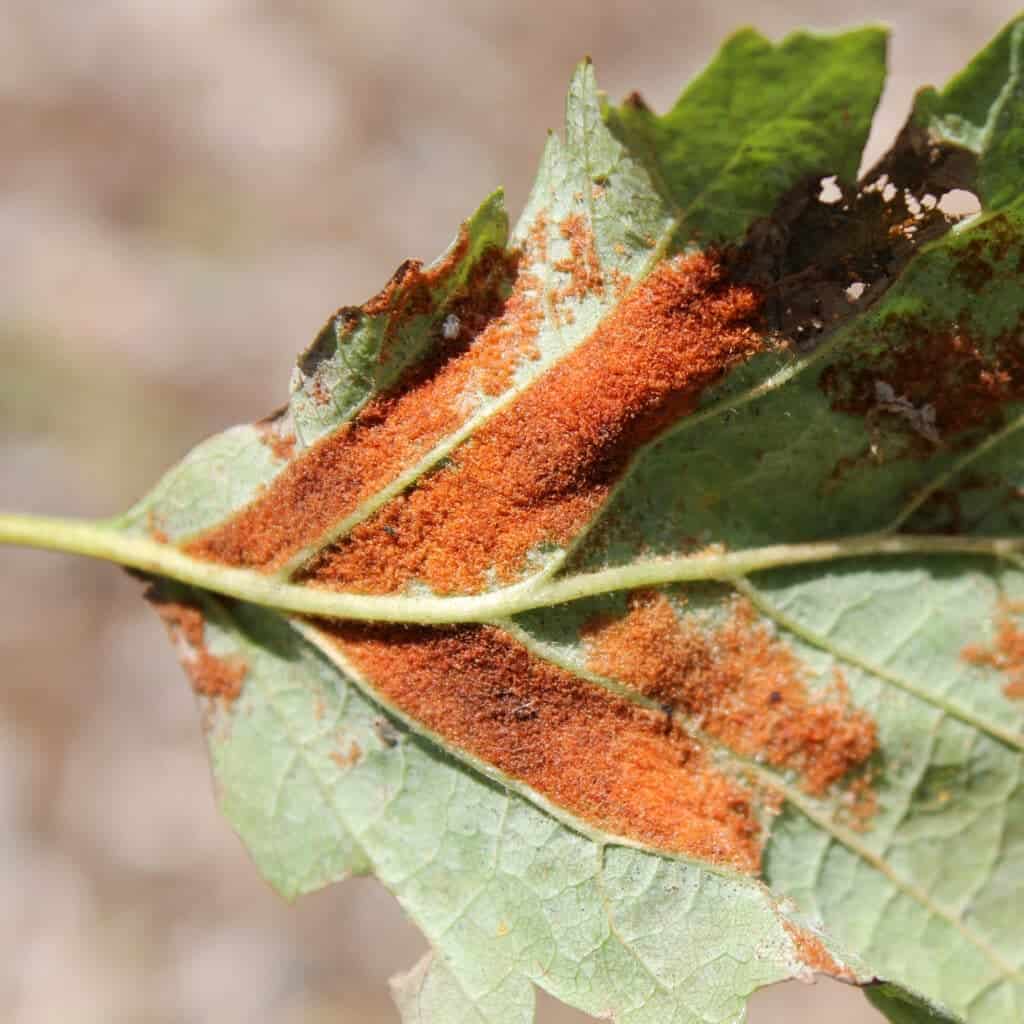
While many mite species are beneficial, some pose significant threats to agriculture, livestock, and even human health. Plant-feeding mites, like spider mites and eriophyid mites, can cause severe damage to crops and ornamental plants. They feed on plant tissues, sucking out the plant’s sap, which leads to yellowing, wilting, and eventually, the death of the plant.
Livestock mites, such as the scabies mite and poultry red mite, can cause diseases in animals, leading to discomfort, reduced productivity, or even death if not treated.
In terms of human health, some mites are a concern as well. The house dust mite, for example, contributes to allergic reactions in many people, causing symptoms ranging from itchy skin and runny noses to more severe respiratory issues like asthma.
Additionally, certain mite species are vectors for diseases. For instance, the chigger mite can transmit a type of bacteria that causes scrub typhus, a potentially serious and sometimes deadly disease in humans. Despite their small size, mites can indeed be dangerous and harmful in certain situations.
Another critter you don’t want in your house is the bed bug; read more about the early signs of an infestation here.
FAQs About Mites
Detecting mites on your body often depends on the specific type of mite and the symptoms they cause. A few common indicators include itching, rashes or bumps, visible tiny creatures, allergic reactions, and changes in your skin.
To kill mites on humans, topical ointments, creams, or sometimes oral medications may be prescribed by a healthcare professional. For dust mites, thorough cleaning, use of anti-mite sprays, and allergen-proof bed covers can help manage the infestation.
Mite infestations can be caused by close contact with someone already infested, such as with scabies mites, or through exposure to environments where mites are prevalent, like dust mites in bedding and upholstery. Some mites are attracted to warm, moist conditions, like the human skin. Certain outdoor mites, like chiggers, can latch onto humans when they walk through infested grass or brush.
Mite bites often appear as small, red, itchy bumps or blisters on the skin, sometimes with a red halo around them. The appearance can vary depending on the type of mite, but a common feature is intense itching, especially at night.
The World’s Smallest Predator: Wrapping Up
In conclusion, mites, often overlooked due to their tiny size, are an essential part of the intricate web of life that connects every organism on Earth. As the world’s smallest predators, they demonstrate an impressive array of hunting techniques and adaptations for survival in diverse environments. Their diet varies extensively, ranging from detritus, plants, other arthropods to parasitism on larger creatures.
They play crucial roles in ecosystems, acting as mini-cleaners and population controllers. However, their interaction with the human world can sometimes lead to negative impacts, causing damage to crops, and livestock, and even triggering health issues in humans.
Despite their minuscule stature, mites hold a vital position in our world, proving that size is not a measure of significance in the grand narrative of life on Earth.
Thank you for reading this article about the world’s smallest predator! The world of insects is vast and full of tiny yet imposing creatures – learn more about the insect with the most powerful sting, the heaviest insect around, or the insect with the fastest flying speed.
Join our Forum for free today!


